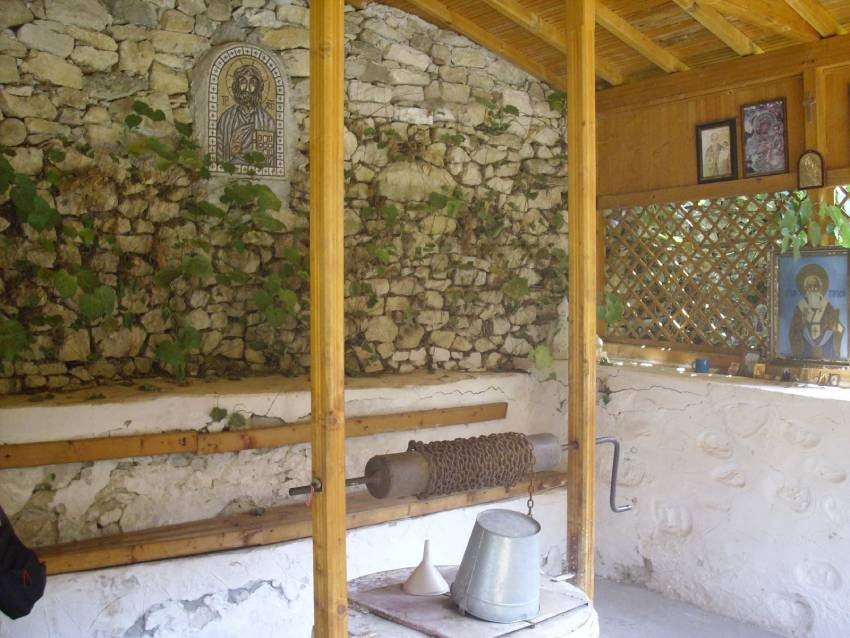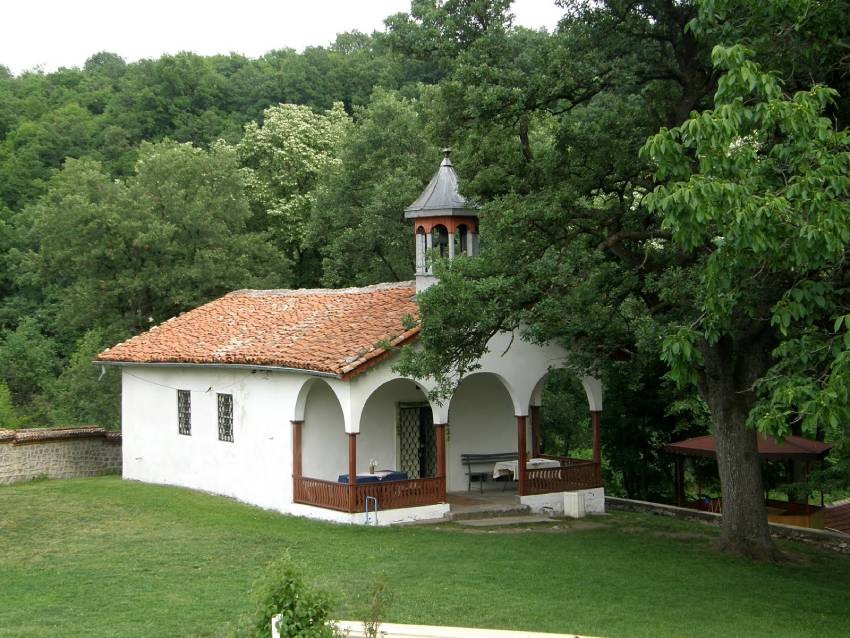




The town of Petrich is picturesquely located at the foot of one of the most beautiful and still untouched by tourism mountains - Ograzhden and Belasitsa. The area around the southwestern town has been inhabited since ancient times, as..
In the Valley of the Thracian Kings near the village of Shipka, where the most important burial tombs of the rulers of the ancient Thracian kingdom of the Odrysians, Kazanlak Municipality has opened the theme park "The World of the Thracians". The..
The second day of the Ressurection of Christ (Easter Monday) marks the beginning of the Bright Week, also known as Pascha Week and Renewal Week. The week is called bright, because the Resurrection of Christ symbolizes enlightenment. During the Bright..
The town of Petrich is picturesquely located at the foot of one of the most beautiful and still untouched by tourism mountains -..

+359 2 9336 661
